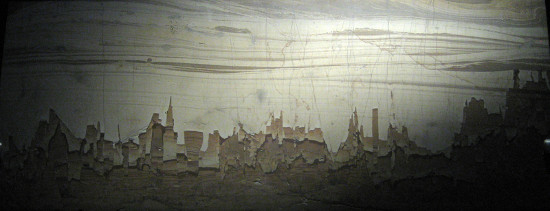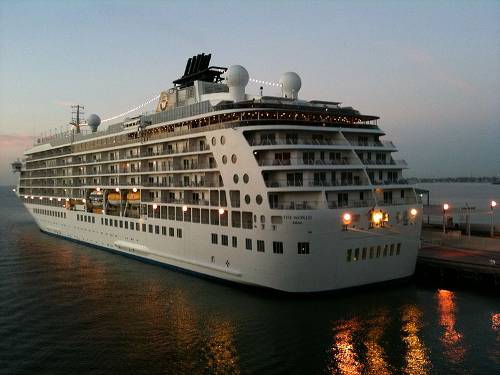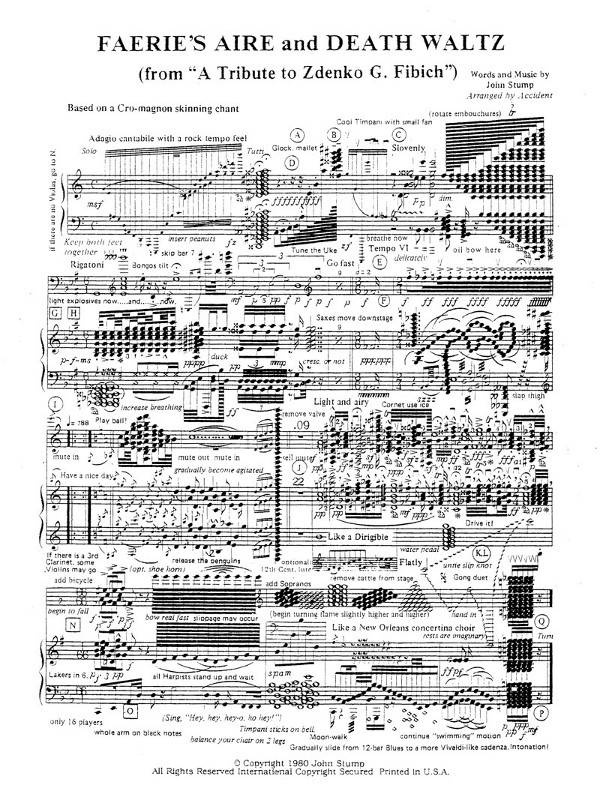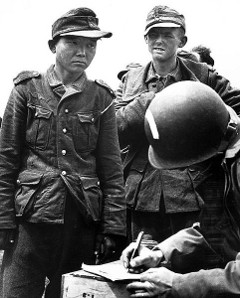In the southwestern corner of the desert of southern Arabia, north of the western end of Hadramaut, and approached from the little village of Sawa, is a very remarkable spot described by Wrede from his visit in 1843, whose description is reproduced in a recent number of the Revue coloniale internationale. There are here, in the waste of yellow sand, several spots covered by a grayish white dust, which swallow up every object thrown into them. One of these spots, described by Wrede, is about two miles long and a little less in breadth. It sinks gradually toward the middle and is apparently due to the work of the wind. Wrede approached it with the greatest care and sounded it with his staff. The edge is stony and falls away suddenly. When the staff was thrust into the fine material beyond the edge, almost no resistance was felt and it was as if the staff had been thrust into water. When it was passed through the fine dust lengthwise the resistance was almost imperceptible. A stone of two pounds weight or more was fastened to a cord sixty fathoms long and thrown in as far as possible. It sank at once and with increasing velocity so that at the end of five minutes the end of the cord had disappeared. The presence of Bedouins prevented any more observations. The natives believe that great treasures are buried here and are watched over by genii who pull down into the depths the unwary treasure-seeker.
— American Meteorological Journal, May 1886




